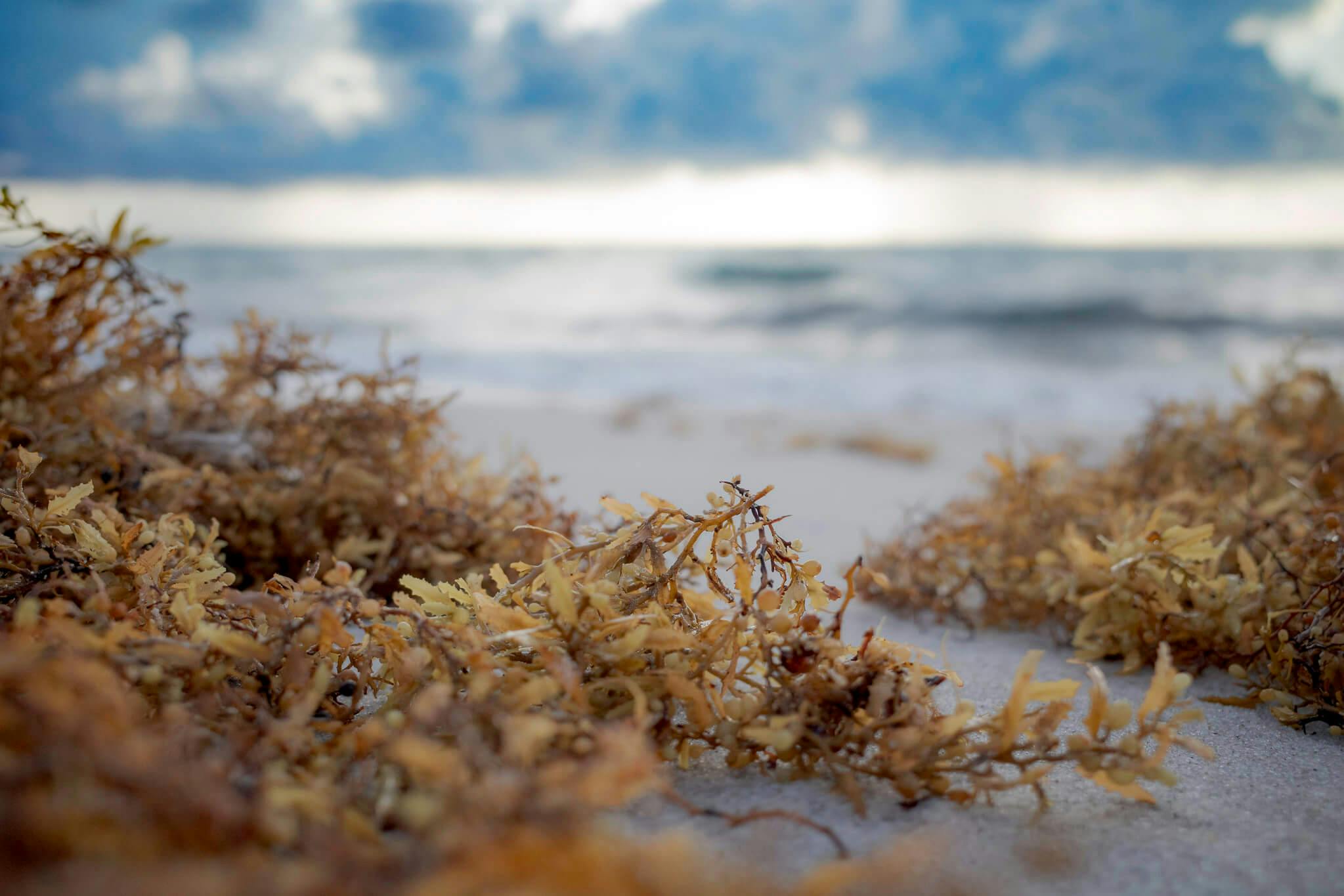Heat Resistant and Compostable Plastic Wrap is Here
Scientists are using sargassum, a brown seaweed, to make plastic wraps.
Sargassum seaweed that scientists are using to make plastic wraps. Photo by Jimmy Baikovicius / CC BY-SA 2.0.
Anamitra Swarupa • 27 Apr, 2023 • 5 Min
CEFR A2 (Easy)
